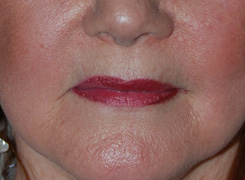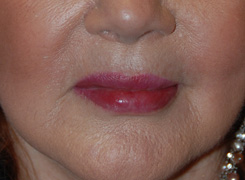Facial Fillers is an enzyme that breaks down hyaluronic acid such as fillers used for cosmetic purposes like restylane, juvederm, perlane, etc. It doesn’t seem to affect natural hyaluronic acid and has a predominate affect on filler injected. The reason for this is due to the fact that natural hyaluronic acid is found around a substructure within the skin. When natural hyaluronic acid is degraded it is reformed almost just as quickly. In fact, natural hyaluronic acid is turned over on a daily basis so your body naturally degrades its own hyaluronic acid and replaces. With your natural foundation, the hyaluronic acid is formed all the time so the enzyme injected and its effects will be reversed quickly. It does not leave scars or holes, except in the area of previous filler injections. You have to be conservative in the amount that you use otherwise you can get depressed areas in the previous area that you augmented. That is the only temporary risk. Some suggest a skin test for the enzyme in case of an allergic reaction. But I know of hundreds to thousands of patients who ht tave received this in surgery centers with no issues at all.
Thanks for reading, Dr Young
Dr Young specializes in Facial Cosmetic and Reconstructive Surgery and is located in Bellevue near Seattle, Washington

